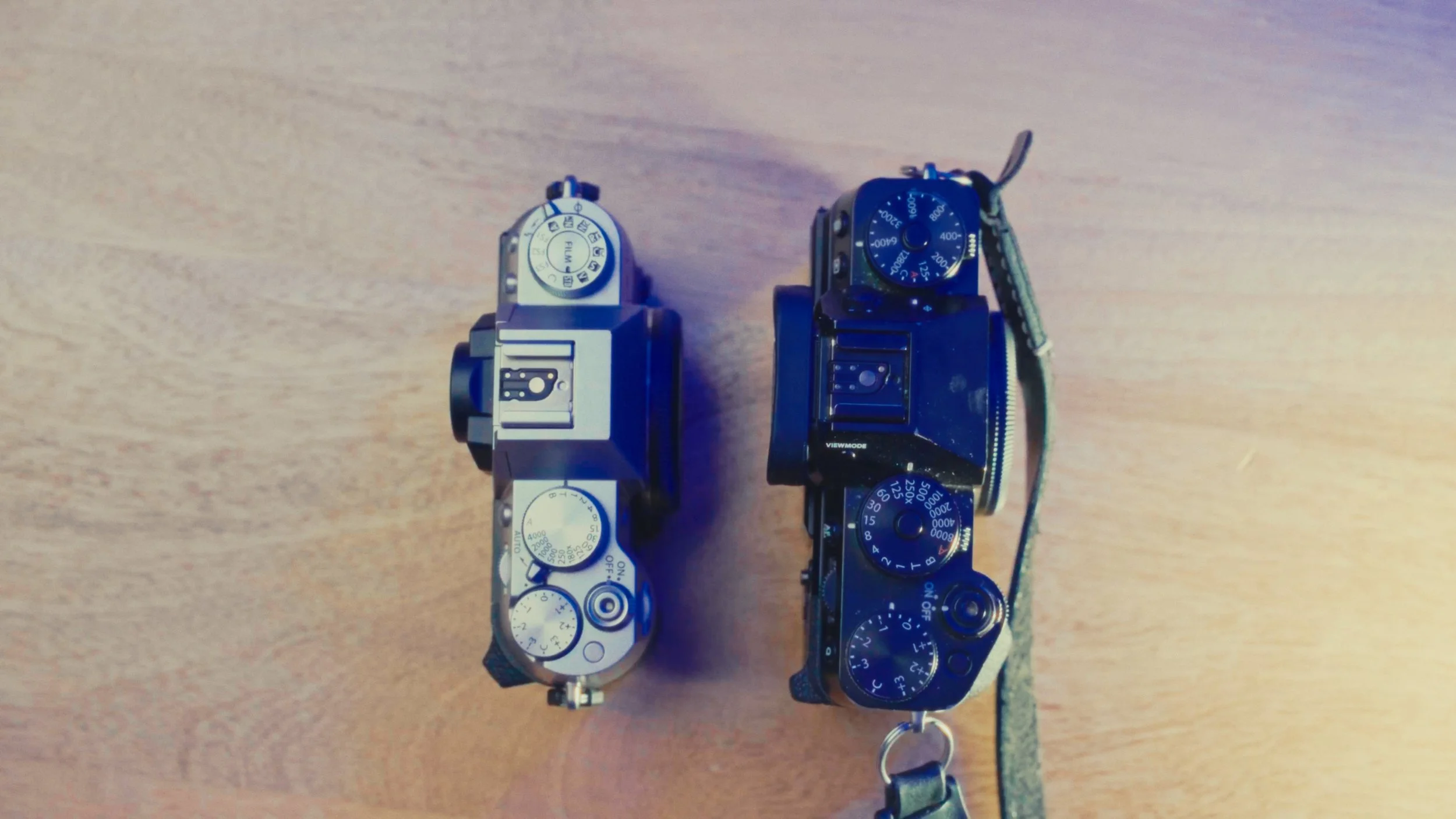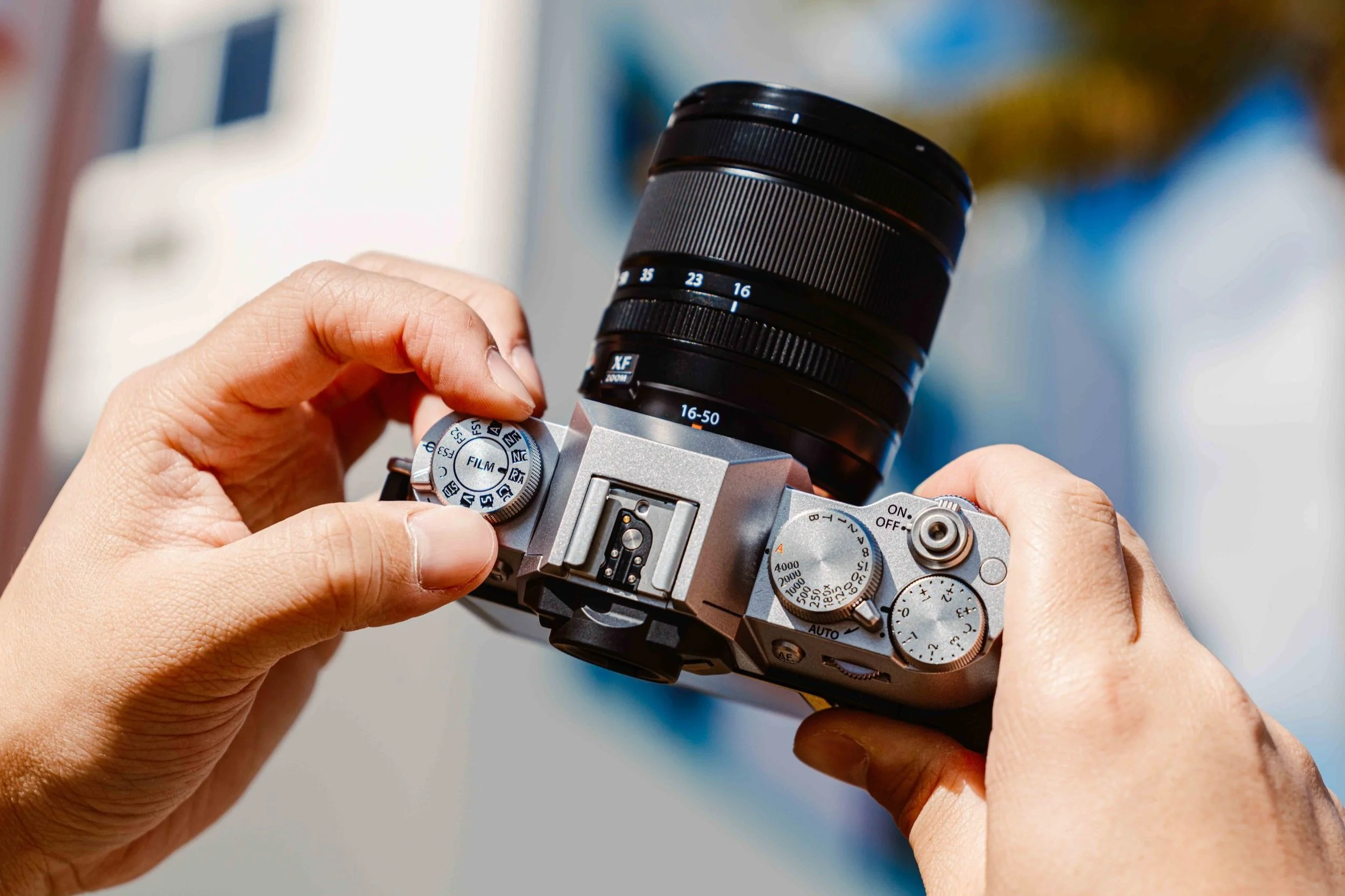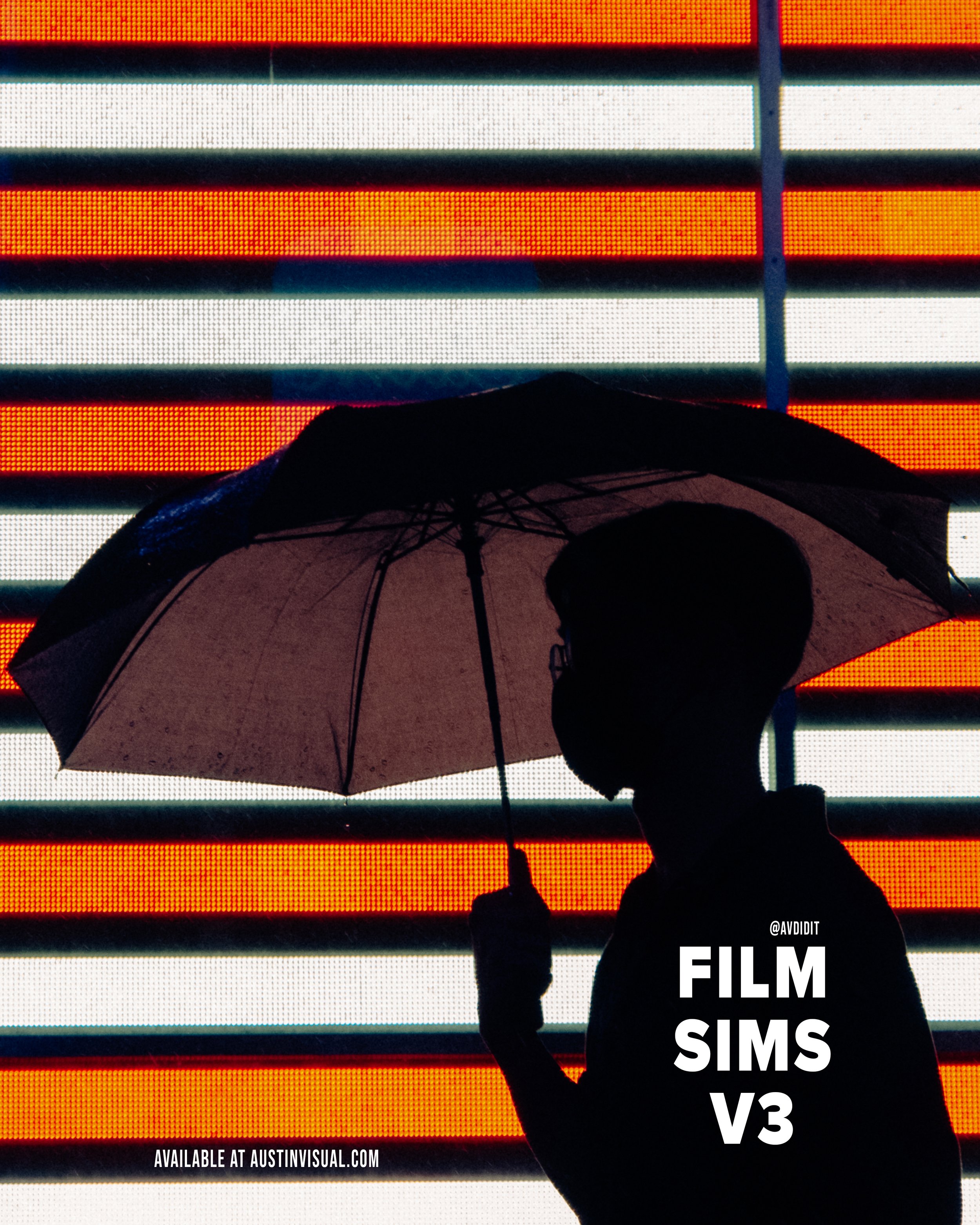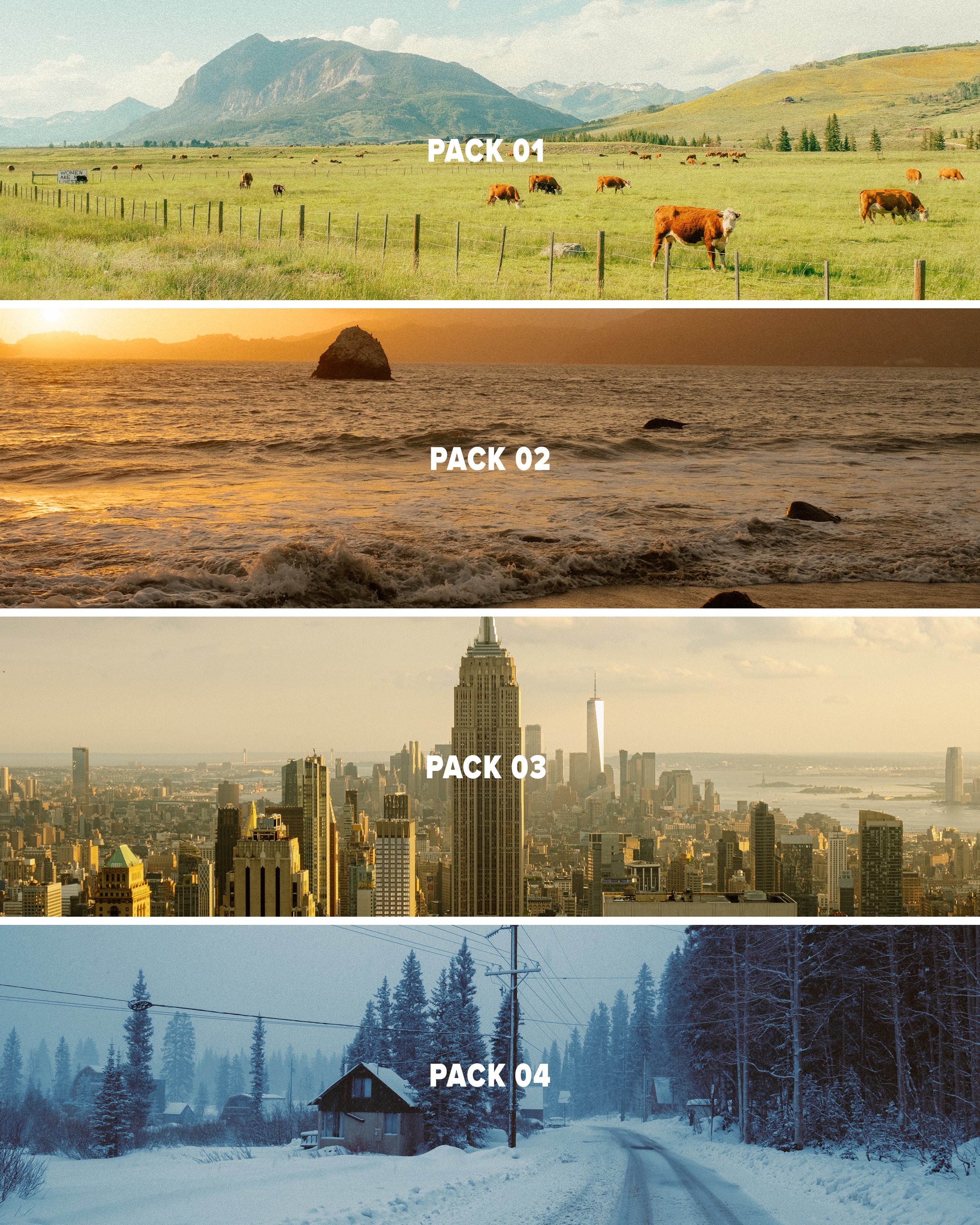Fujiflm X-T50 Review: Honest, Real-World Impressions
My First Impressions Of The Fuji X-T50
I got my hands on the Fujifilm X-T50 prior to its release back in May of 2024, getting to try it out for a few weeks. Since then, I’ve had a number of other opportunities to use the camera in the last few months, including for a recent trip down to Florida (where I used it as my primary camera for the whole trip).
After spending a solid amount of time with it, I wanted to share my personal opinions on this camera, based on having some ACTUAL experience with it. No hype, just honest opinions and feedback.
Build Quality and Handling
Ultimately, I really like the build of this camera. It’s a bit smaller than the X-T5, which is my main camera, but someone with smaller hands like myself, I think this can be a good thing.
The compact body makes it super packable, and easy to carry around without feeling too robust physically. The dials, and overall controls are relatively intuitive, especially if you’re a native Fuji user - you’ll pretty quickly recognize the film-like dials and overall button layout.
I have a lot of experience using Fuji cameras across their whole sweet, including both x-series and GFX series cameras, and I’d say my favorites have all had the physical dials like this—I prefer controlling my settings (ISO, Shutter Speed, etc.) physically and visibly, without having to use menus.
One thing I want to point out is the shape of the X-T50. Unlike most of the X-series cameras I have used, the X-T50 is… round?
As for build quality, I was actually impressed with how solid the X-T50 feels, especially considering the main point I critiqued the X-T5 over was actually the build quality.
Despite being lighter and smaller than the X-T5, it surprisingly felt more well built in my opinion. One thing to note about X-T50 is it does not have any weather sealing points, which other new X-series models do have, but outside of this, I have no major complaints about the build on this camera.
Impressively well built, yet small, light and packable for travel/day to day.
Film Simulation Dial
I can’t write this blog without mentioning this development—The Fujifilm X-T50 is the first camera on Fuji’s line up to add a new dial focused solely on supporting/promoting the use of their film simulation profiles in camera.
Since the release, they’ve added it to their X-M5, which was released back in November. At the time of writing this, that makes the Fujifilm X-T50 and X-M5 the only cameras with the dedicated Film Simulation dial.
I’ll be honest, this dial is cool, but personally, doesn’t impact my work a whole lot. I shoot in raw, and heavily edit my work in post production, using Classic Chrome or ETERNA as an in-camera profile (and often times, using those in LR as “profiles” when editing raws).
This all said, if you’ve big into SOOC stuff with Fujifilm, as I know a ton of the community is, I could see this dial being fun to work with, or even potentially a game changer.
What I do like about this dial is, you can point it directly at a scene, and cycle through various profiles (and even use the “C” custom points on the dial to select your favorites for fast selection.
Again, as a RAW shooter primarily, this doesn’t really impact me all that much, but I think for those shooting SOOC or exploring Fujifilm Recipes this could definitely be a cool feature to utilize.
Image Quality
With a 40 megapixel APS-C sensor, its no suprise the Fuji X-T50 delivers super high quality images. However, what I care most about is how files EDIT. When I shoot in RAW, can I pull a lot of color out of the files? How much data is really recorded in those shadows? What about those highlights?
I took the Fuji X-T50 down to Florida on a recent trip and shot a ton of photos with it, and edited all of those with my usual approach to landscapes/street photography, and I was impressed, but not surprised.
For such a tiny camera, it’s pretty incredible how good the image quality is, and how much color & dynamic range latitude these files provide.
As mentioned before I shoot RAW but I did play around with the Film Simulation dial to shoot some JPEG photos straight out of camera, and the colors right out of the camera are stellar, which is again why i could see this camera being a solid option for SOOC enthusiasts in the Fuji community.
Video Capabilities
Although I mostly use the X-T50 for stills, I did play around with the video features (just for the sake of feeling them out for this blog), and it performs well. The specs are impressive, again, especially for the size of this camera.
It offers 4k recording, and the autofocus performance is similar to what I get on the X-T5, which is more than I could ask for on a camera body this light and small.
All this said, I would not suggest this as a video-focused option—on Fuji’s lineup there are so many better options, but its a-nice-to-have.
X-T50 vs. X-T5: Quick Comparison
It would be a sin for me to avoid comparing this camera directly to its counterpart, the X-T5… I will also make a full blog post dedicated to this question specifically. Stay tuned for that.
The short and sweet of it is that, for most intents and purposes, the X-T5 and X-T50 are almost identical cameras internally.
They both have the same 40MP sensor & the same processor, meaning the image & video quality are basically identical.
However, there are some obvious external differences. The X-T5 has a fully articulating screen, while the X-T50 does not. X-T5 also has higher EVF resolution, an ISO-dedicated dial, faster continuous shooting, better battery life, etc.
So… Fujifilm X-T5 or X-T50: which one should you buy?
Personally, I’d choose the X-T5 over the X-T50, but thats largely for the external differences. In general, though I’d argue the X-T50 has a better build quality, I prefer the design and ergonomic feel of the X-T5.
This said, I’d recommend the X-T50 as a budget friendly alternative to the X-T5, as the internals are nearly identical.
Final Thoughts
With a few months of experience using the X-T50, I can say it’s a solid choice for street, travel, or general day to day photography, especially if you’re shooting casually or don’t need a ton of robust features.
If you’re interested in this camera, it may be helpful to explore the specs in detail on the product page: click here.
This post contains affiliate links. If you use those links, I earn a commission from qualifying purchases at no additional cost to you. Thank you for supporting my work!
Help support my work by exploring the available products below!














